A lifeline for runaway slaves: the true history – and myth – of the Underground Railroad
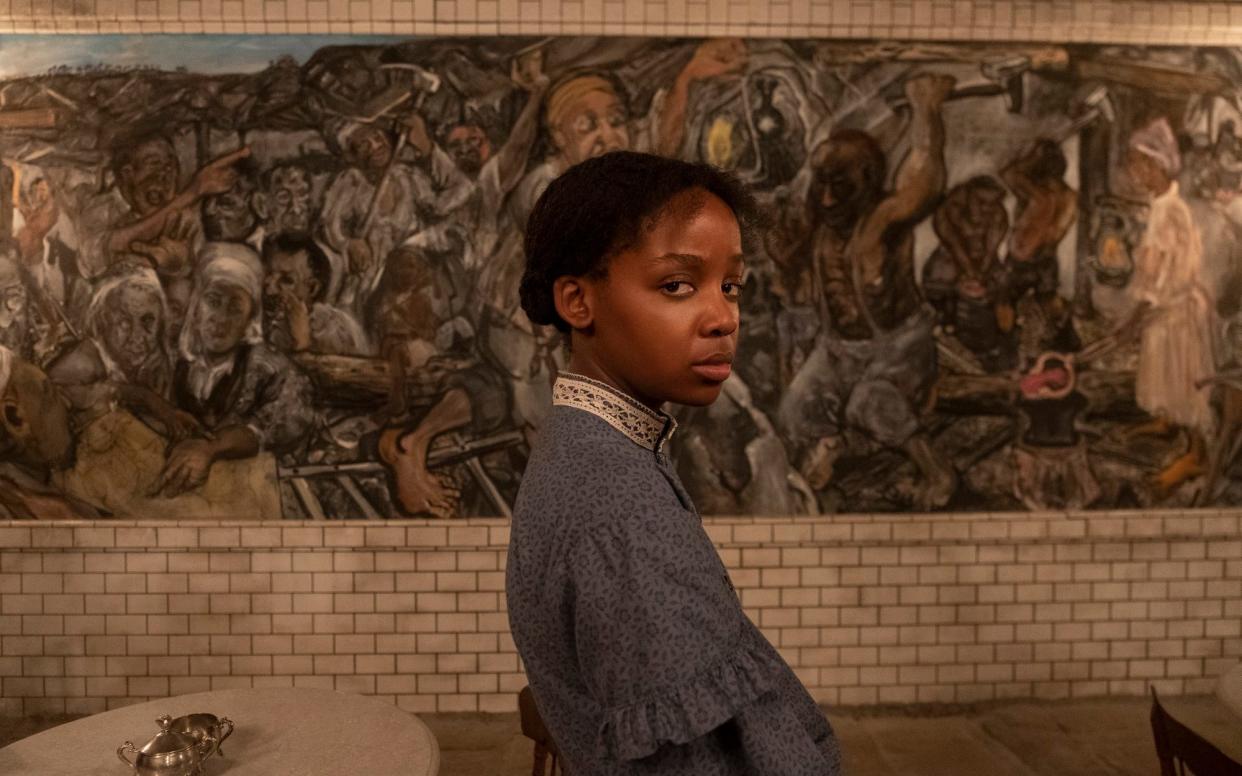
- Oops!Something went wrong.Please try again later.
They are the record of lives smudged from the history books. “Reward: A negro boy named Peter, about 18 or 20 years of age, smiles when spoken to and very intelligent,” runs one. Another: “Absconded from the house of the President of the United States, Oney Judge, a light mulatto girl.” And a third: “My negro boy named Fagans, who is heavy built, and near thirty-five years old.”
Such runaway slave notices were a common sight in the newspapers, gazettes and town-square noticeboards of the United States in the early 1800s. Between the 1780s, when slave-picked cotton became a major industry in the Southern states, and the 1863 Emancipation Proclamation which outlawed slavery in the US, much of the country’s economy depended on the labour of enslaved African-Americans.
Most slaves died in chains. But the profusion of these notices points to the fierce fear, anger and hope that the figure of the runaway slave inspired. And few ideas conjured those emotions so readily as the Underground Railroad.
It was not, of course, a railroad at all. Instead it was the name for a loose, ad-hoc network of abolitionists and anti-slavery sympathisers which helped slaves find freedom in the Northern states, and sometimes Canada. It was clandestine, informal and highly secretive. And it was encrusted with many myths, but few facts. Yet the Underground Railroad – or at least the idea of it – changed American history.
Now that brew of fact and fiction is getting a lavish treatment in Amazon’s 10-part series, The Underground Railroad. Based on Colston Whitehead’s 2016 Pulitzer-Prize winning novel of the same title, it is adapted by Moonlight director Barry Jenkins with panoramic lyricism. It follows two slaves, Cora and Caesar, who escape northwards from the deep south of Georgia to dubious freedom in Indiana.
Caesar carries a smuggled copy of Gulliver’s Travels and that book’s combination of surrealistic fantasy and biting social satire is close to what The Underground Railroad achieves. The pair journey across America – and deep into its troubled past. Cora and Caesar travel through a tableaux of traumatic black experience. The series jumbles timelines, featuring events, such as lynchings, and eugenic experiments that echo the 20th Century Tuskegee Study on poor, black men, which took place after the abolition of slavery; the cumulative effect is devastating. The Underground Railroad’s greatest conceit, though, is also its simplest – the Underground Railroad becomes a literal subway tunnel secretly dug beneath America’s slave-owning states. Metaphor is literalised.
But what was the actual Underground Railroad? Its first mention is in an Abolitionist newspaper, The Liberator, in 1839. An editorial by Hiram Wilson called for “a great republican railroad … constructed from Mason and Dixon’s to the Canada line, upon which fugitives from slavery might come pouring”. And the term became commonplace in the 1840s. But, says Eric Foner, an historian at Columbia University, “a railroad suggests a fixed set of paths, and established stations with a timetable – that’s not what this is about.”
While Abolitionists used railway terminology (safe houses were “stations”, helpers “conductors” and runaways “package” or “freight”) there was little sense of overall organisation or structure. At best, so-called “Vigilance Committees”, which sprang up in northern cities like New York, Syracuse and Boston throughout the 1830s and 40s, might occasionally help or shelter runaways. But most Abolitionists did their noisiest agitation in the open – publishing broadsides, speechifying in Congress, fighting slave ownership in the courts, even organising anti-slavery bake sales.
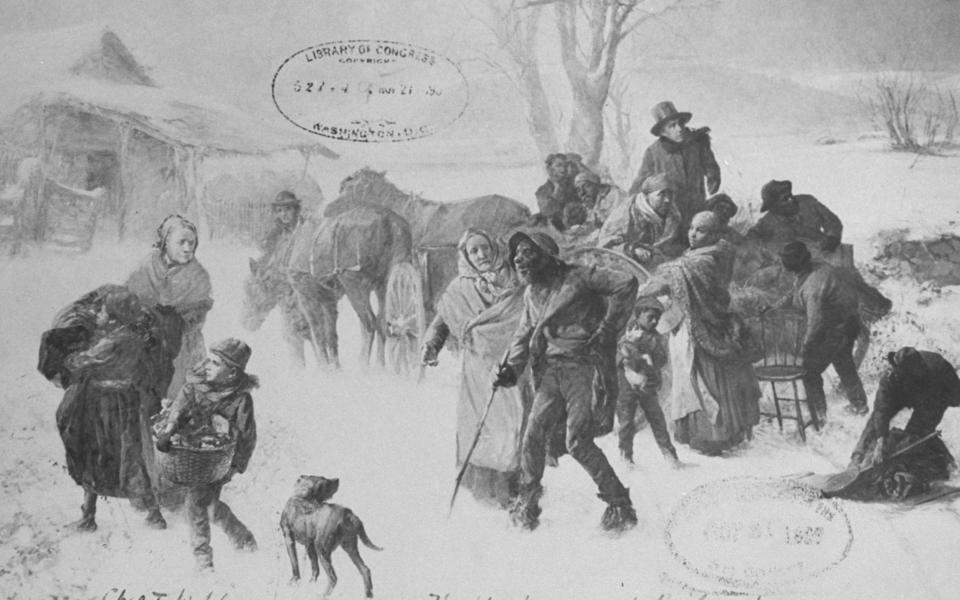
The business of transporting slaves was only ever done by a few, and was largely carried out on-the-hoof and in secret. Such subterfuge became especially necessary after the draconian 1850 Fugitive Slave Act that made it a federal crime not only to aid escaping slaves – but also to refuse to help recapture them.
Nonetheless, a brave handful continued to keep the Underground Railroad chugging along. Some were prosecuted and jailed; one campaigner, John Walker, was branded with an “SS”, for “slave stealer”, on his palm. Even so, relatively few slaves found freedom riding the rails. Given its secretive nature, numbers vary wildly – but Foner reckons that between 1830-60 around 1,000 slaves a year found freedom in the north. Fergus Bordewich, author of Bound for Canaan: The Underground Railroad and the War for the Soul of America, plumps for 70-100,000 between 1800-60. Set this against the 4 million slaves living in the South in 1860. “[These numbers] were not undermining the system of slavery,” argues Foner.
But the myth of the Underground Railroad always dwarfed its reality. “No aspect of American history has been more saturated with folklore and misinformation than the Underground Railroad,” says Bordewich. “Tales of non-existent tunnels, exotic hiding places, coded songs, and secret maps woven into quilts abound. All these myths are essentially 20th century inventions that flourished in the absence of accurate information.”
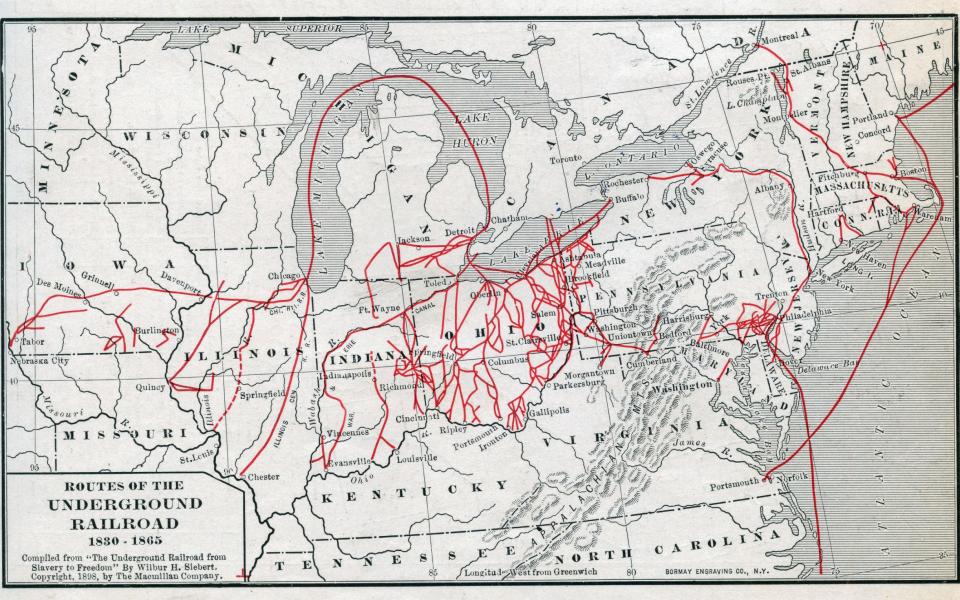
Both slavers and Abolitionists had incentive to exaggerate its extent. For slavers, eager to promote their economic system as just, humane and natural, it was a stick to beat Northerners with. After all, slavery kept slaves content – why would they run away, unless it was because of the elusive lure of a fantasy railroad? In 1840, an outraged New Orleans physician proposed that “the Negro Race” suffered from a strange condition: “Drapetomania, or the disease causing Negroes to run away.” This aberration, he hazarded, could be cured in two ways – treating one’s slaves kindly or “whipping the devil out of them”.
In the North, by contrast, the Underground Railroad was useful for the opposite reason. Abolitionists argued that slavery was cruel, unnatural and inhumane; it was only logical, therefore, that slaves wished to escape. And pretending that a vast, underground network was prepared to facilitate these escapes strengthened their political case. “[It was] one of the key causes of Secession [of the Southern states] and the Civil War,” argues Foner. “These debates deepened the chasm between North and South.”
In the lead up to the Civil War, the Underground Railroad was common political currency on both sides of the Mason-Dixon line. Yet it was in the decades during and after the war that it became cemented in popular culture. Harriet Beecher Stowe’s mawkish 1852 anti-slavery novel Uncle Tom’s Cabin imagined the Railroad as an efficient, highly effective organisation of well-meaning white people aiding helpless runaways. (It was the second best selling book of the 19th Century, after the Bible.)
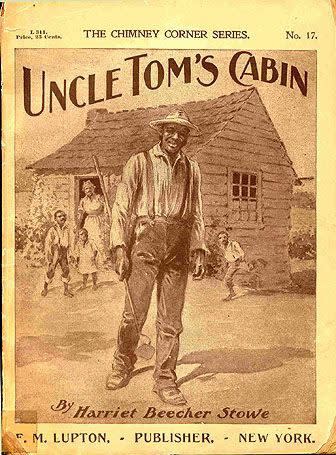
Four decades later, the historian Wilbur Henry Siebert published The Underground Railroad from Slavery to Freedom. Though Siebert drew on interviews with escaped slaves and “conductors”, his book was overstated the extent and organisation of the Railroad – he named thousands involved in the railroad, and even drew a map with its major “lines”. The idea gripped Americans not only because it was a proxy for the debate over slavery, but also because to spoke something fundamental in their identity: the itch for freedom, travel and self-definition. “It is, in a way, the perfect American story,” wrote Kathryn Schluz in the New Yorker.
It is also a mighty prickly one. Some, including Schluz, have argued that it perpetuates “white saviour” stereotypes. The focus, they say, on prominent white Abolitionists, such as the Quaker Thomas Garrett, who is reported to have rescued nearly 3,000 slaves, and Levi Coffin, whose townhouse became known as “Grand Central Station” because so many runaways passed through, erases the work and bravery of African-Americans in fighting slavery.
Certainly, many “conductors” were freed or escaped slaves themselves. And it is true they typically faced harsher penalties than their white counterparts, including being re-enslaved. The idea, too, that the Underground Railroad ran from the Deep South all the way to North, as it does in Amazon’s series, was a fiction. The majority of runaways came from the Southern states which bordered the North, such as Maryland and Kentucky, where freedom lay just across the Ohio River. “You’re not getting out of Alabama,” notes Foner.
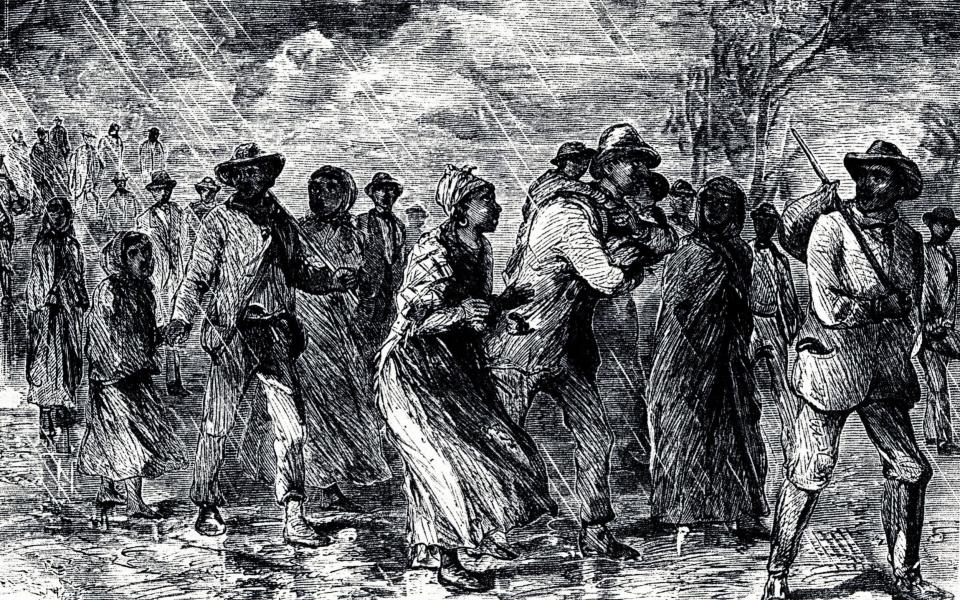
But today the participation of African-Americans in the Railroad is far from overlooked. In fact, more than 2,300 autobiographical accounts of runaway slaves are collected in the National Library of Congress. One of those runaways, Frederick Douglass, became a leading Abolitionist, firing the cause with his oratory and writing as well as coordinating Railroad activities in Rochester, New York.
And the extraordinary story of Harriet Tubman has become better known. An escapee turned conductor in Maryland, this doughty woman led as many as 19 expeditions into slave-owning territory, freeing more than 70 African-Americans. During the Civil War, she fronted an armed raid of a slave plantation and once tricked a band of slave-catchers by pretending to read (she was, in fact, illiterate). Eventually she proved such a nuisance that a $40,000 “dead or alive” bounty was put on her head. She was well known for her no-BS approach to her packages: once, confronted by the sniffling of her charge as they made a daring night-time escape, she turned on the unfortunate escapee, cocked her pistol and said: “You’ll be free, or you’ll die.”
There are further unlikely histories buried in the story of the Railroad, too. Abolitionists in the US received support from British sympathisers. “On at least one occasion, an underground agent in Delaware paid Harriet Tubman's expenses from a donation in British pounds that he had just received,” says Bordewich. “And the diverse activists of the Railroad included a close-knit group of immigrants from Yorkshire who settled in Indiana and used their incomprehensible dialect to conceal their activities from unsympathetic neighbours.”
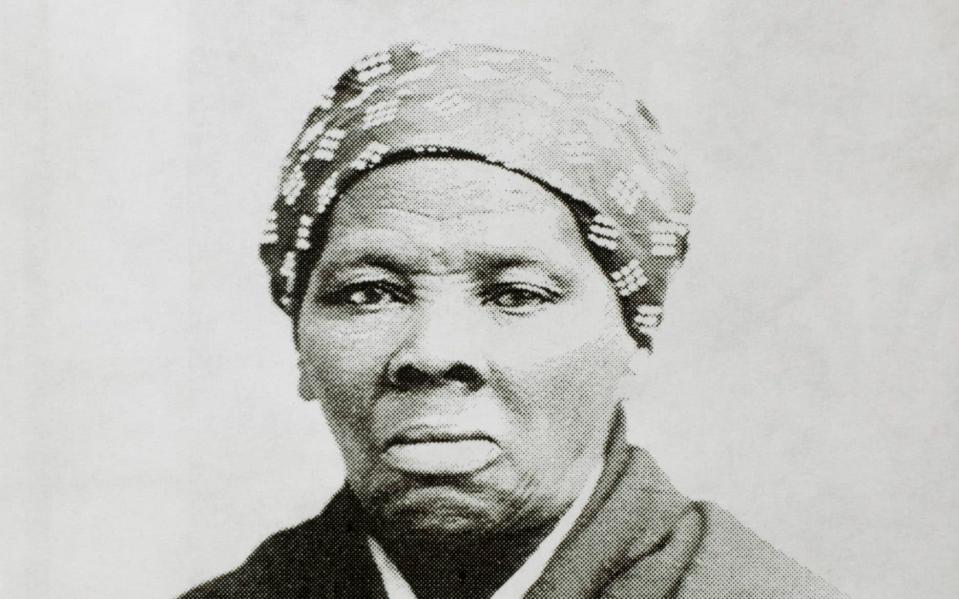
Besides, even if the Railroad existed more in imagination than reality, it nonetheless shines a powerful light on modern America. As in Toni Morrison’s novel Beloved, slavery in Whitehead’s The Underground Railroad is a state of mind as much an institution – it haunts contemporary African-Americans and shadows inter-racial relations. “In my opinion, it’s a book about freedom, not slavery,” says Foner. “How the overlay of racism continues the work of slavery, and throws up barriers to black progress. You go out into the streets of New York and you’ll find that’s true today.”
This perhaps explains why there has been such an explosion of fascination with the Railroad in recent years. In the US, numerous places advertise rickety local connections to the Railroad to hook tourists. In fact, since 1998, the National Park Service has been creating a “Network to Freedom” of inter-linked historical sites, and the first museum dedicated to it, the National Underground Railroad Freedom Center, opened in Cincinnati in 2004. Tubman is belatedly getting her well-earned recognition, too: she’s due to appear soon on the $20 bill.
Perhaps we should be wary, therefore, of hacking too vigorously at the mythology of Underground Railroad. “[It was] the first bi-racial movement in American history,” says Bordewich. "It represented the cutting edge of the first true civil rights movement in our history.”
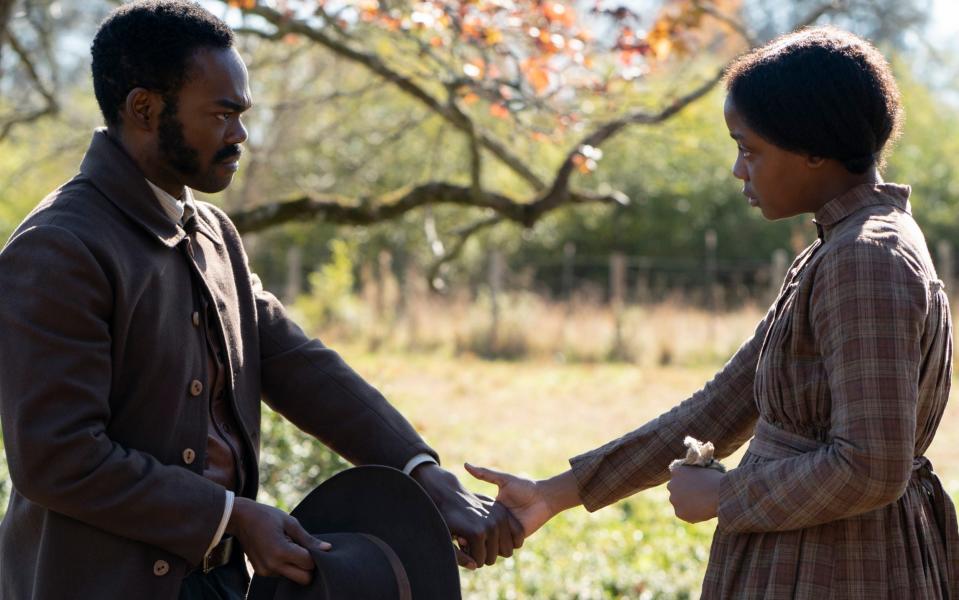
Foner adds: “It showed black and white people working together for an undeniably just cause. We hear so much about racism in America, but the anti-racist struggles don’t get enough attention.”
The history of the Underground Railroad, then, is – as always – more tangled than the stories told about it. But what is beyond question is that during the years of slavery, in the teeth of abominable oppression, the Railroad represented bravery, self-sacrifice and moral certainty. And that many people, black and white, conductors and runaways, jumped to its whistle. As Amazon's new series shows, you can’t understand America without riding the rails.
The Underground Railroad is on Amazon Prime Video now

